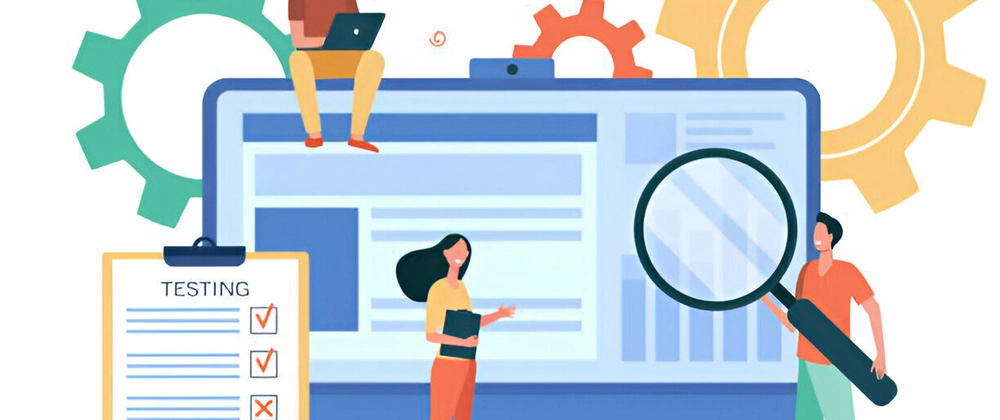Modernizing legacy applications is essential for businesses to stay competitive, improve efficiency, and enhance security. However, many organizations delay the process due to concerns about potential downtime and operational disruptions. The key is to adopt a legacy application modernization services strategy that ensures a seamless transition while keeping daily business functions running smoothly.
1. Adopt a Phased Modernization Approach
A complete overhaul of your legacy system can be risky and disruptive. Instead, consider a phased modernization strategy:
- Prioritize critical applications that need immediate upgrades while keeping less essential ones running.
- Use parallel systems to ensure business continuity by running the old and new applications side by side.
- Gradually migrate workloads to minimize sudden disruptions.
2. Implement a Hybrid Cloud Strategy
Moving to the cloud offers flexibility, scalability, and cost-efficiency. However, an abrupt shift can disrupt operations. A hybrid cloud approach can help by:
- Keeping sensitive workloads on-premises while transitioning non-critical ones to the cloud.
- Ensuring seamless data synchronization between legacy and modern systems.
- Allowing employees to adapt gradually to cloud-based applications.
3. Leverage Containerization and Microservices
Modernizing monolithic applications into microservices-based architectures helps minimize disruptions. Benefits include:
- Breaking down applications into smaller, manageable services that can be updated independently.
- Reducing downtime by deploying updates without affecting the entire system.
- Enhancing scalability, making it easier to introduce new features.
4. Automate Testing and Deployment
- Automated testing and DevOps practices ensure that new applications function correctly before deployment. This minimizes errors and disruptions.
- Continuous Integration and Continuous Deployment (CI/CD) pipelines enable frequent, small updates instead of one major release.
- Automated testing tools detect and fix issues before they impact users.
- Rollback mechanisms ensure quick recovery if an issue arises.
5. Train Employees and Communicate Changes
Resistance to change and lack of training can create operational slowdowns. Ensure:
- Employees receive training on new applications before full deployment.
- Communication is transparent so that teams understand the benefits of modernization.
- Feedback loops exist for employees to report issues early.
Final Thoughts
Application modernization doesn’t have to mean business disruption. By adopting phased migration, leveraging cloud solutions, using microservices, automating deployment, and ensuring proper training, companies can modernize seamlessly.
Studies have shown that organizations that implement structured modernization strategies experience fewer disruptions, increased productivity, and improved business agility.




Top comments (0)